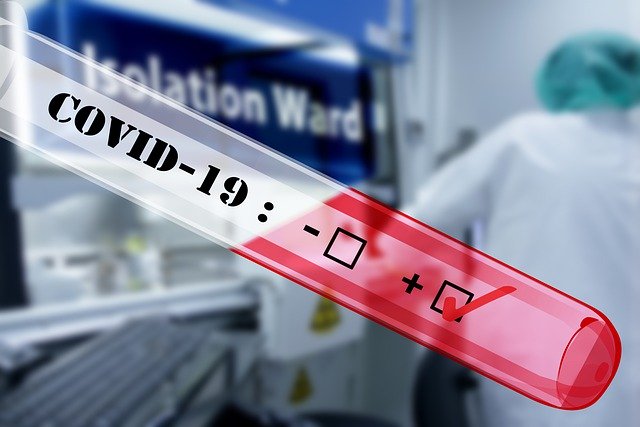Coronavirus Reveals the Importance of Why Organizations Need a Thorough Business Continuity Strategy
Coronavirus has thrusted the importance of small to large companies to have a robust business continuity strategy. How are your employees going to continue to work in the event your business closes down due to a medical emergency, freak winter storm, power failure or any other business challenge?
Every day, businesses face a multitude of risks, from a human error to loss of data, or even the threat of cyber attack. On top of the potential for digital disruption, there is also the danger of natural disasters, fire, and flooding. How businesses respond in the face of these dangers varies depending on their preparedness. Only 14% of small businesses are prepared in the event of a cyberattack, and most businesses believe they are ready to face a natural disaster but find their preparedness lacking when disaster actually strikes. How can you keep your business secure in the face of unexpected events?
Eric Weast who offers IT services in Fort Lauderdale with ECW shares how to prepare for disasters and business disruptions by implementing a business continuity plan (BCP).
What is a Business Continuity Plan?
Organizations that have been through a disruption in business before can attest to the incredibly negative impact of being unprepared. By not having a plan in place to respond to unexpected events, businesses struggle to get their business back up and running.
The solution is to establish a business continuity plan. This plan includes an analysis of all potential threats and communicates the processes and procedures to follow in the event of a disaster, data breach, or cyber attack. A business continuity plan should be all-encompassing: it covers disaster recovery in the event of a cyberattack, as well as systems and functional recovery in the event of a natural disaster.
Many businesses feel they don’t need a comprehensive plan if they aren’t located in an area that faces many natural events. The risks that many businesses face, however, go beyond tornado, hurricane, or earthquake damage.
The Difference Between Disaster Recovery and Business Continuity
According to recent studies, 60% of small businesses that experience a cyberattack go out of business within six months. For many of these businesses, creating a disaster recovery plan is one step that could have helped them recover. Disaster recovery is your company’s response to a very specific type of disaster, one that disrupts your data, network, and everyday business function.
Disaster recovery and business continuity actually go hand-in-hand. Part of your business continuity plan should be establishing a disaster recovery plan that is specific to cybersecurity. In this way, you create a comprehensive response plan for your company that covers every type of disaster.
How to Create a BCP
Before creating a plan, it is important to complete a risk assessment or Business Impact Analysis. This analysis looks at every aspect of an organization—assets, business activities, and processes—to determine the cost of a disaster. What will be the impact of shutting down your headquarters or call center for a week in the face of an unexpected event? What are the most essential functions of the business and what would be the most important arm of the organization to bring back online first? Finally, what are the key risks your organization faces?
Once the risk assessment is complete, it is time to create an action plan for how exactly your organization will respond should any of those potential risks become reality. The BCP should include an overview of the organization as well as the following key decisions:
- Determine priority for recovery based on how departments interact.
- Establish how each department will respond to specific disasters.
- Decide what amount of downtime is appropriate for each department or key business function.
- Determine the chain of communication.
- Identify decision-makers and their roles and responsibilities.
- Establish where key data, backups, equipment, and supplies will be stored and who holds that information.
Test Your Plan Regularly
The best-laid plans are those that are tested, revised, and tested again. The same is true of your business continuity plan. Create a simulation of a natural or cyber disaster (or both) and have your entire organization participate in walking out the continuity plan. Look for any gaps or unexpected problems and adjust the plan to resolve those issues. The purpose of your business continuity plan is to minimize losses and downtime in the event of business disruption. Testing and analyzing your plan regularly will ensure you have a plan in place that will get your organization up and running quickly and efficiently.
Stuart Crawford serves as Managing Partner with Ulistic LP, a specialty MSP Marketing firm focused on information technology marketing and business development. He brings a wealth of knowledge and experience pertaining to how technology business owners and IT firms can use marketing as a vehicle to obtain success.

